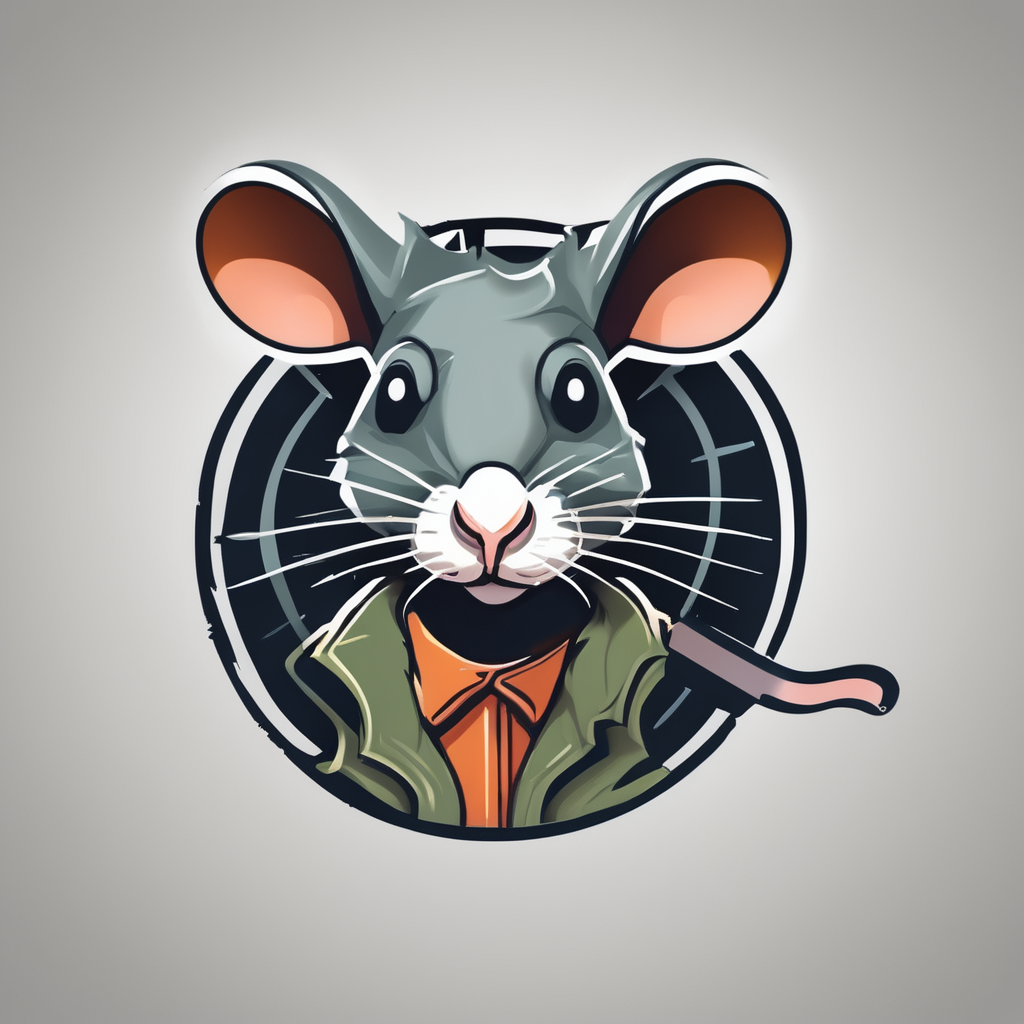Understanding Feline Heat Exhaustion
Cats, much like humans, can suffer from heat exhaustion, a condition driven by intense heat exposure leading to a dangerous increase in body temperature. Factors contributing to this include lack of ventilation, confined spaces, and prolonged sun exposure, especially in vulnerable cats—those with dense fur or underlying health issues. Recognising signs of heat exhaustion in cats is crucial for timely intervention.
A cat displaying symptoms such as excessive panting and drooling, often appears listless or disoriented, signaling mild distress. These indicators serve as red flags, prompting immediate actions to prevent escalation. The stakes rise if you notice more severe symptoms such as vomiting or diarrhea, pointing to an urgent situation requiring veterinary attention.
Topic to read : Hassle-Free Methods for Giving Eye Drops to Your Cat with Conjunctivitis
Being proactive in your cat health awareness is beneficial. Monitor the environment closely, especially during summer months, ensuring cool, shaded spots are accessible. Always keep fresh water available, prioritizing your feline friend’s comfort and safety. In understanding these risk factors alongside early signs, you can effectively manage and mitigate serious heat-related risks, ensuring your cat stays healthy and active. Proper awareness and swift actions can save your pet from severe consequences, fostering a safe, comfortable environment for your feline companion.
Symptoms of Heat Exhaustion in Cats
Heat exhaustion in cats often manifests through a series of observable symptoms. Being aware of these symptoms is vital for timely intervention. Common signs include excessive panting and drooling, which can signal a cat’s inability to cool itself adequately. Behavioral changes such as lethargy and disorientation can also occur, indicating the cat may be struggling to manage its body temperature.
Also to read : Proven Techniques to Calm Your Cat During Fireworks and Storms
Alongside these symptoms, you might observe a shift in your cat’s usual activities, where energetic play is replaced by listlessness. This withdrawal from regular behavior can be a red flag for potential heat issues. In severe heat exhaustion cases, additional symptoms like vomiting or diarrhea might occur, requiring immediate veterinary care. These indicators suggest worsening conditions that if left unaddressed, could lead to more serious health issues including organ damage.
Recognizing these signs and being knowledgeable about your cat’s normal behavior helps in swiftly assessing their health. Early detection and appropriate responses, such as seeking professional care, can mitigate the risk of severe complications. Regular observation of your pet’s habits and routines supports effective cat health awareness.
Keeping Your Cat Cool
Understanding how to keep your cat cool is essential, especially during the hotter months. Implementing effective cat cooling tips ensures that your feline remains comfortable and healthy.
Indoor Environment Management
Creating a cool environment indoors can greatly contribute to your cat’s wellbeing. Utilize fans or air conditioning to maintain a lower temperature within your home. Ensure all areas are well-ventilated. It’s vital to provide shaded spots, especially in areas that catch direct sunlight. Keep your cat isolated from heat sources like radiators or sunlit windows to help prevent overheating.
Outdoor Safety Measures
If your cat ventures outdoors, safety measures are crucial. Allow your feline outside only during cooler parts of the day, avoiding peak heat hours. Ensure access to shady areas is abundantly available. These steps will guard against potential heat-related issues.
Staying Hydrated
Hydration is fundamental in avoiding heat exhaustion. Always have fresh water available, and consider adding ice cubes for an extra cooling effect. Some cats respond well to flavored water, which can encourage increased intake and help maintain adequate hydration levels. By integrating these simple heat prevention strategies into your daily routine, you provide your cat with a fortified defense against heat.
When to Seek Veterinary Attention
Understanding the precise moment to seek veterinary care for cats experiencing heat exhaustion emergencies is critical. It’s crucial to recognise significant signs that warrant professional intervention. If your cat displays severe symptoms such as prolonged vomiting, collapse, or unresponsiveness, this indicates the need for immediate veterinary attention.
Comparing mild symptoms like excessive panting with severe indicators helps differentiate the severity of heat exhaustion outcomes. While mild cases might be managed at home through cooling measures, severe cases demand urgent professional care to prevent life-threatening conditions such as organ failure or heatstroke.
Proactive communication with a veterinarian before emergencies occur greatly enhances outcomes. Building a relationship with your vet ensures you have immediate advice and collaboration on handling any suspicious signs. It’s essential to be prepared, especially during the summer months when risks increase. Keeping an emergency contact for your vet handy is a wise move for any pet owner.
Being informed and prepared is key. The knowledge you gain and actions you take today could safeguard your feline friend’s health, reinforcing your role as a responsible cat owner.
Real-life Experiences and Testimonials
Hearing from fellow cat owners about heat exhaustion impact can be enlightening. By sharing personal accounts, we gain valuable insights into how heat-related issues are recognized and addressed.
One owner, Lucy, recounted how her cat, Milo, became lethargic and disoriented during a particularly hot day. Initially dismissing the signs, she later noticed excessive panting—a pivotal moment. Thanks to a timely visit to the vet, Milo received the care needed, highlighting the importance of cat health awareness.
Another story comes from Mark, who was proactive in maintaining a cool environment for his Maine Coon, Bella. Despite his efforts, Bella exhibited bizarre behavior changes like constant drooling. Review of real-life experiences underpins how swift action and understanding symptoms can mitigate severe outcomes.
These cat owner stories serve as powerful reminders to remain vigilant. Sharing experiences encourages community engagement, fostering a network where advice and tips circulate freely. Through these accounts, the significance of recognizing early signs of heat exhaustion in cats becomes abundantly clear—helping others prevent similar situations with their feline companions.
